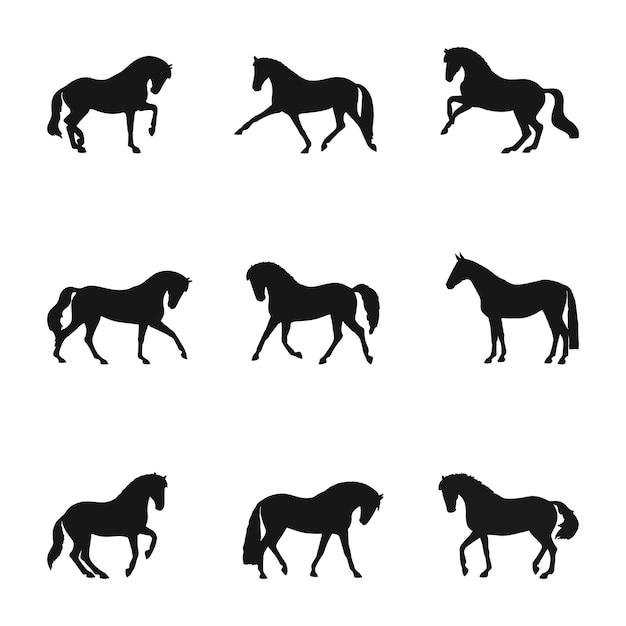Art is a reflection of the world around us, capturing the essence of different eras, cultures, and emotions. Throughout history, various art movements have emerged, each with its unique style and approach. In this blog post, we will explore two types of movement in art and delve into their significance in shaping the artistic landscape.
From the impressionistic strokes of Monet to the abstract expressions of Pollock, the art world has witnessed a multitude of movements. Understanding these movements allows us to appreciate and interpret artworks in a deeper, more meaningful way. So, let’s dive into the captivating realms of art as we uncover two prominent types of movement that have left an indelible mark on the canvas of history.
Types of Movement in Art
When we think of art, our minds often conjure up images of static, stationary pieces hanging on gallery walls. But did you know that art can also showcase movement? That’s right! Just like a symphony conductor’s graceful flicks of the baton or a dancer’s elegant leaps and twirls, art can capture the essence of motion. In this blog post, we’ll explore two types of movement in art that bring pieces to life, creating a dynamic experience for viewers.
1. Implied Movement
Imagine staring at a painting that seemingly invites you to step right into its vibrant world. That’s the magic of implied movement in art. Artists skillfully use lines, shapes, and composition to create a sense of motion within static images. As your eyes glide along the curves of a brushstroke or follow the diagonal lines that lead your gaze from one corner to another, you can almost feel the energy emanating from the artwork. It’s as if the artist has frozen a fleeting second of action onto the canvas, leaving you yearning for more.
2. Actual Movement
Now, let’s take a leap from the realm of paintings and delve into a more interactive form of art: kinetic sculptures. No, these are not your average statues gathering dust in a museum corner. Kinetic sculptures are animated works that come alive, captivating their audience with their subtle or dramatic movements. Incorporating various mechanisms, such as motors or wind power, these sculptures defy the conventional notion that art should be static. From gracefully swaying mobiles to mesmerizing spinning installations, actual movement in art injects a breath of fresh air into our traditional understanding of artistic expression.
Art has the remarkable power to transcend boundaries and ignite our senses. With the use of implied movement, artists pull us into their worlds, engaging us in a dance between stillness and motion. Meanwhile, actual movement in art beckons us to embrace the interactive and dynamic nature of the artistic experience. So, the next time you find yourself exploring a gallery or museum, keep an eye out for these captivating displays of motion. You might just find yourself caught up in a whirlwind of artistic inspiration!
Now that we’ve uncovered the magic of movement in art, let’s dive deeper into each type and explore their wondrous manifestations on our artistic journey.
FAQ: Two Types of Movement in Art Explained
In the world of art, movement is a powerful tool that can bring still images to life. Whether it’s capturing the graceful flow of a dancer or the dynamic energy of a bustling cityscape, movement adds a sense of vitality and excitement to art. But did you know that there are different types of movement in art? In this FAQ-style guide, we’ll explore the two main types of movement in art and how they have shaped the artistic landscape throughout history.
What Are the Different Types of Movement in Art
Impressionism: Capturing Fleeting Moments
Impressionism, which originated in France during the 19th century, is one of the art movements that embraced movement as a central theme. Artists like Claude Monet and Pierre-Auguste Renoir sought to capture the fleeting nuances of light, color, and form in their works. Through loose brushwork, vibrant colors, and the depiction of everyday scenes, impressionist painters aimed to convey the transient nature of time and the impermanence of reality. By evoking a sense of movement in their art, impressionists imparted a lively and dynamic quality to their paintings.
Cubism: Deconstructing and Reassembling
In contrast to the fluidity of impressionism, cubism introduced a different approach to representing movement. Developed by Pablo Picasso and Georges Braque in the early 20th century, cubism shattered traditional notions of perspective and challenged the viewer’s perception. Using geometric shapes, fragmented forms, and multiple viewpoints, cubist artists depicted objects from various angles simultaneously. This fragmentation and reassembly of forms created a sense of movement and dynamism within the artwork. The jagged edges and overlapping shapes in cubist paintings invite the viewer’s eye to navigate and explore the composition, capturing a different kind of movement—one that is more intellectual and abstract.
What Art Movements Embraced Impressionism
Surrealism: Dreamscapes and the Unconscious Mind
Surrealism, which emerged after World War I, embraced the ideals of impressionism by exploring movement in a different realm—the subconscious. Artists like Salvador Dali and Rene Magritte sought to depict surreal and dreamlike imagery, often combining unexpected elements and creating bizarre, otherworldly scenes. Surrealist paintings invite the viewer to question reality and delve into the mysterious depths of the human psyche. Through the use of distorted forms, juxtapositions, and surreal landscapes, surrealism introduced a new kind of movement—one that defied the logical constraints of the physical world.
Abstract Expressionism: Action and Gesture
Another movement that drew inspiration from impressionism was Abstract Expressionism, which emerged in the 1940s in America. Artists like Jackson Pollock and Willem de Kooning embraced the physicality of painting, using bold brushstrokes and gestural mark-making to convey movement and emotion. The act of painting itself became a performance, with artists using their entire bodies to create energetic compositions that captured the intensity of their emotions. Abstract Expressionism celebrated spontaneity, improvisation, and the raw expression of the artist’s inner world.
How Does Art Depict Movement
Artists have employed various techniques throughout history to depict movement in their works. Some of these techniques include:
- Gesture and Action: Artists use dynamic brushstrokes, gestural mark-making, and flowing lines to suggest movement within the artwork.
- Blur and Motion Blur: By intentionally blurring certain elements or creating a sense of motion blur, artists can convey a sense of movement and activity within the composition.
- Multiple Perspectives: Employing multiple viewpoints and overlapping forms, artists can create a fragmented or kaleidoscopic effect that suggests movement and dynamism.
- Repetition and Rhythm: By repeating shapes, patterns, or lines, artists can create a visual rhythm that implies movement.
- Subject Matter: Choosing subjects such as dancers, athletes, or bustling city scenes automatically implies movement, as these subjects are associated with action and motion.
Whether through brushwork, composition, or subject matter, artists have always found innovative ways to breathe life into their creations and make them visually engaging.
Why is Movement Important in Art
Movement adds a sense of life, energy, and excitement to art. It draws the viewer in, capturing their attention and creating a dynamic visual experience. Movement can evoke emotions, create a sense of narrative or tension, and invite the viewer to explore the artwork more deeply. By incorporating movement, artists can transcend the limitations of still images and engage the viewer on a more visceral level. This connection between art and movement opens up endless possibilities for expression and interpretation.
The two types of movement in art, namely impressionism and cubism, have played influential roles in shaping the art world. Impressionism captures the fleeting moments of life, while cubism deconstructs and reassembles forms to create a different kind of movement. These movements have paved the way for other art movements like surrealism and abstract expressionism, each interpreting and representing movement in its unique way. Whether depicting the transient beauty of nature or the dynamic interplay of shapes and color, movement remains a fundamental element that brings art to life.

